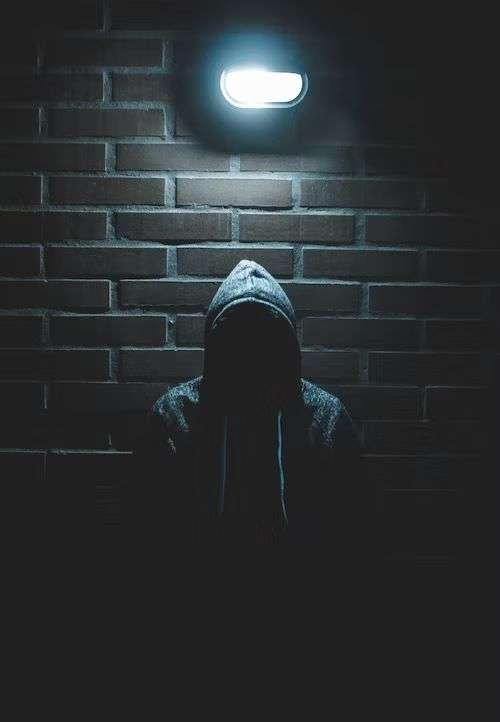Every great story needs a great villain to shine. While heroes get all the glory, villains are often the most fascinating and complex characters. They’re how interesting plots are set in motion and keep readers on the edge of their seats. So, let’s look at some of the classic villain archetypes that make stories so compelling.
The Best (Worst?) Baddies in Literature
The Megalomaniac
Megalomaniac villains scheme and plot grand plans for total world domination or destruction. Think the Travel Committee in Planet Saviors by Raymond Hunter, Voldemort from Harry Potter, or Lex Luthor from Superman. Their extreme ambition and superiority complex consume them. Power and control are their sole motivations. They see others merely as pawns in their games. Megalomaniacs make great final boss villains because you just know their plans will spell disaster if not stopped.
The Manipulator
Subtler than megalomaniacs, manipulative villains weave webs of deceit and control people from the shadows. They are master psychologists who understand human weakness all too well. Characters like Tom Riddle before he became Voldemort or Moriarty from Sherlock exemplify this type. Manipulators achieve their goals not through brute force but through cunning social engineering and psychological warfare. They can be even more insidious because their evil plans are more complicated to detect.
The Force of Nature
Some villains are classified as such not because of personality traits but because of what they represent: pure, unstoppable destruction. Examples include Mother Nature Gone Wild, like a hurricane or volcano, or fantasy/sci-fi concepts embodied as villains such as diseases or cosmic entities. Natural disasters or amoral forces don’t have motivations so much as an innate power to wreak havoc; they make for apocalyptic stakes in stories.
The Tragic Figure
Not all villains see themselves as villains or act with willful malice. Some are more complex, driven to darkness by past trauma or mental illness mainly outside their control. Magneto from X-Men, Kululu from Saga, and even Hannibal Lecter have understandable, if not necessarily justified, reasons for their criminal actions. We can almost feel sympathy for them and the societal failures that created them, adding layers of moral complexity rare in villains.

No matter the type, a truly great villain enhances any story immensely. They challenge heroes in creative ways and keep readers guessing with their charisma, malicious plans, and ability to subvert expectations. Ultimately, without villains making life difficult, adventures would be rather dull!
The Relatable Rival:
Not all villains are wholly detestable; some possess qualities that make them relatable or even sympathetic. The relatable rival is a villain whose motives, while conflicting with the protagonist’s, are understandable or relatable on some level. These villains challenge readers to question traditional notions of good and evil. An example is Magneto in the X-Men comics and films, whose motivations stem from a desire to protect mutants from persecution, even if his methods are extreme.
Get Your Hands on the Raymond Hunter Classic!
“Planet Saviors” by Raymond Hunter is a science fiction novel that follows the journey of Stella, a daring and adventurous protagonist. It is a tale of personal growth, self-discovery, and the pursuit of excitement in a changing world that you don’t want to miss out on!




